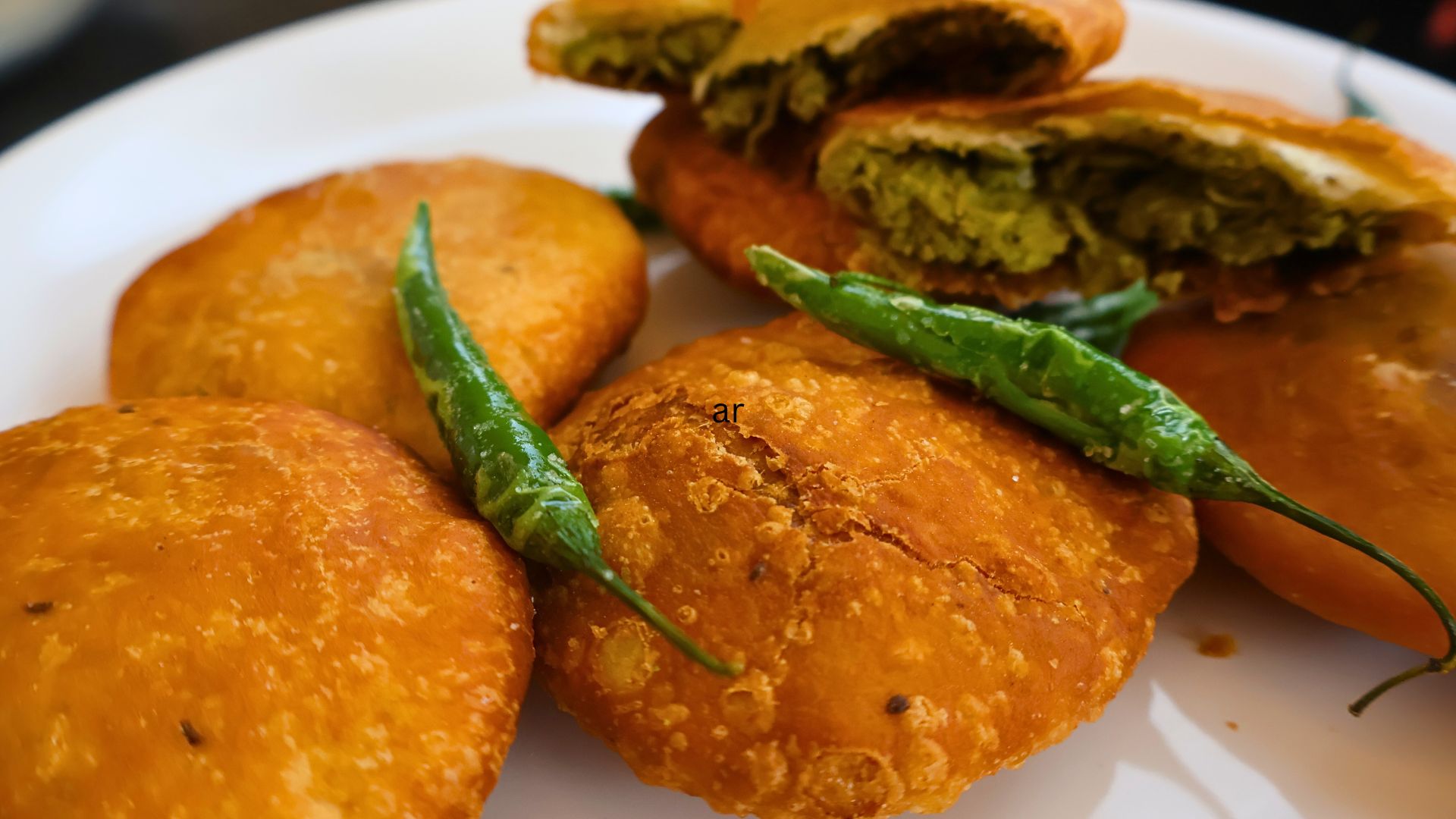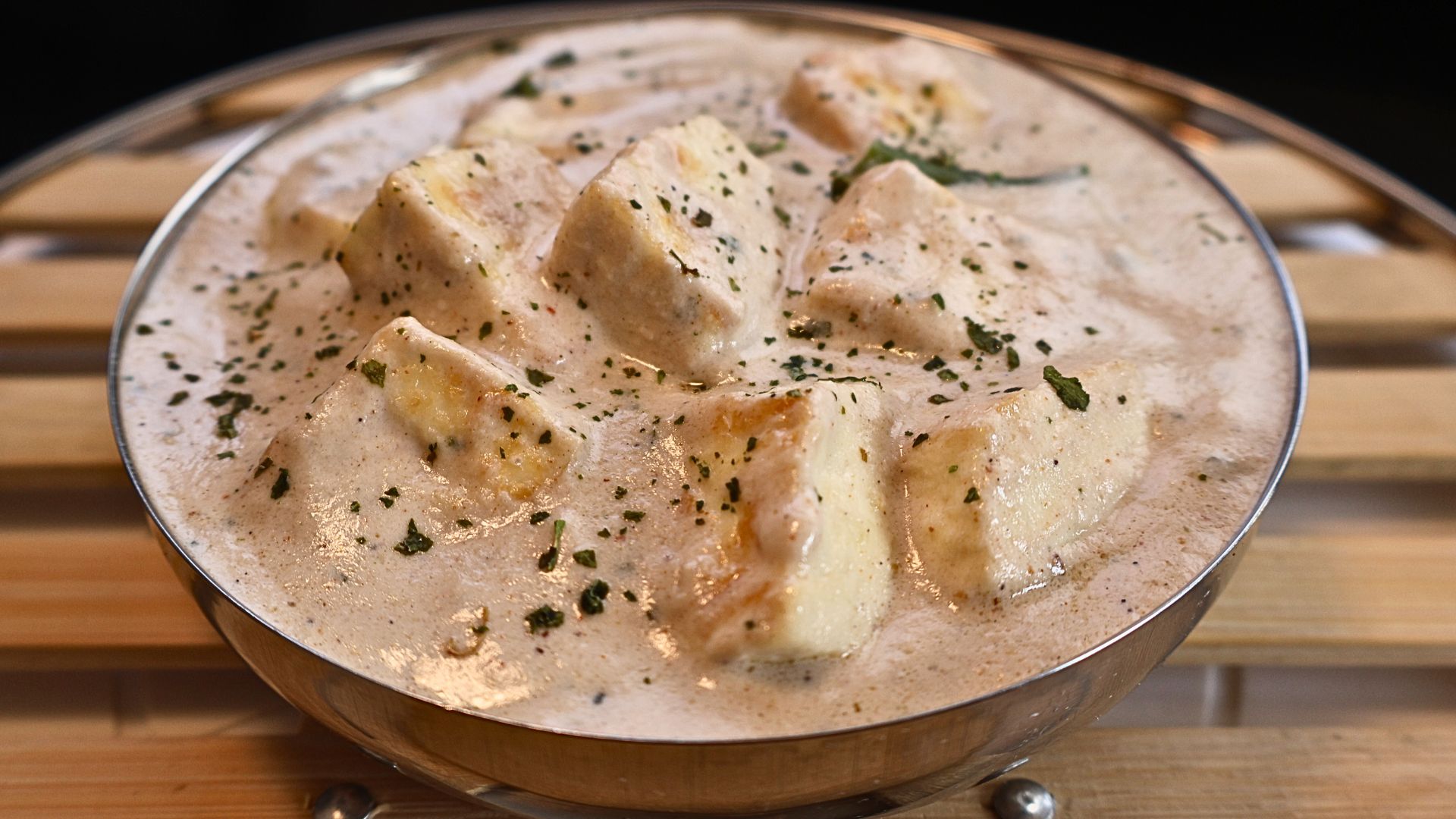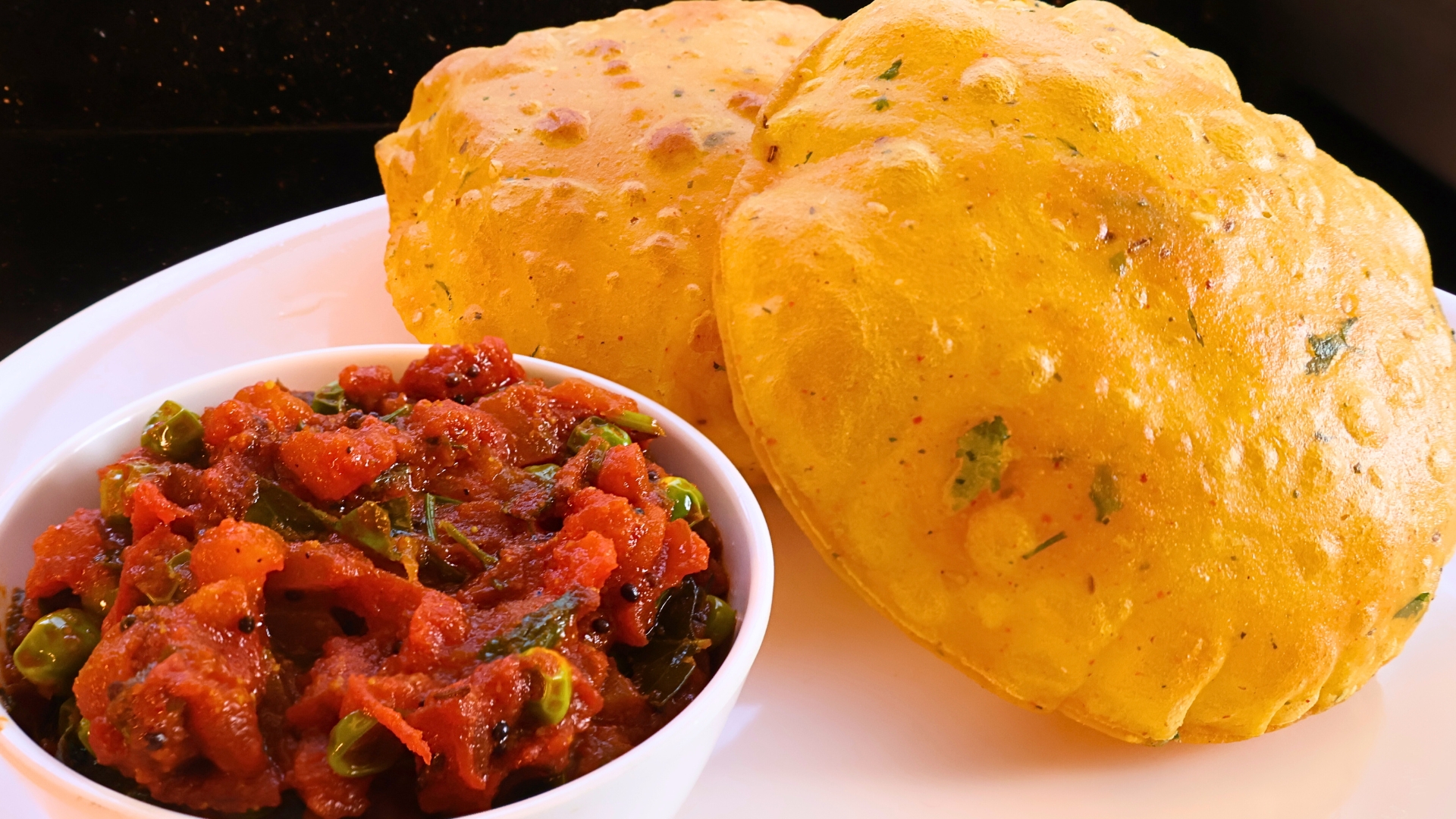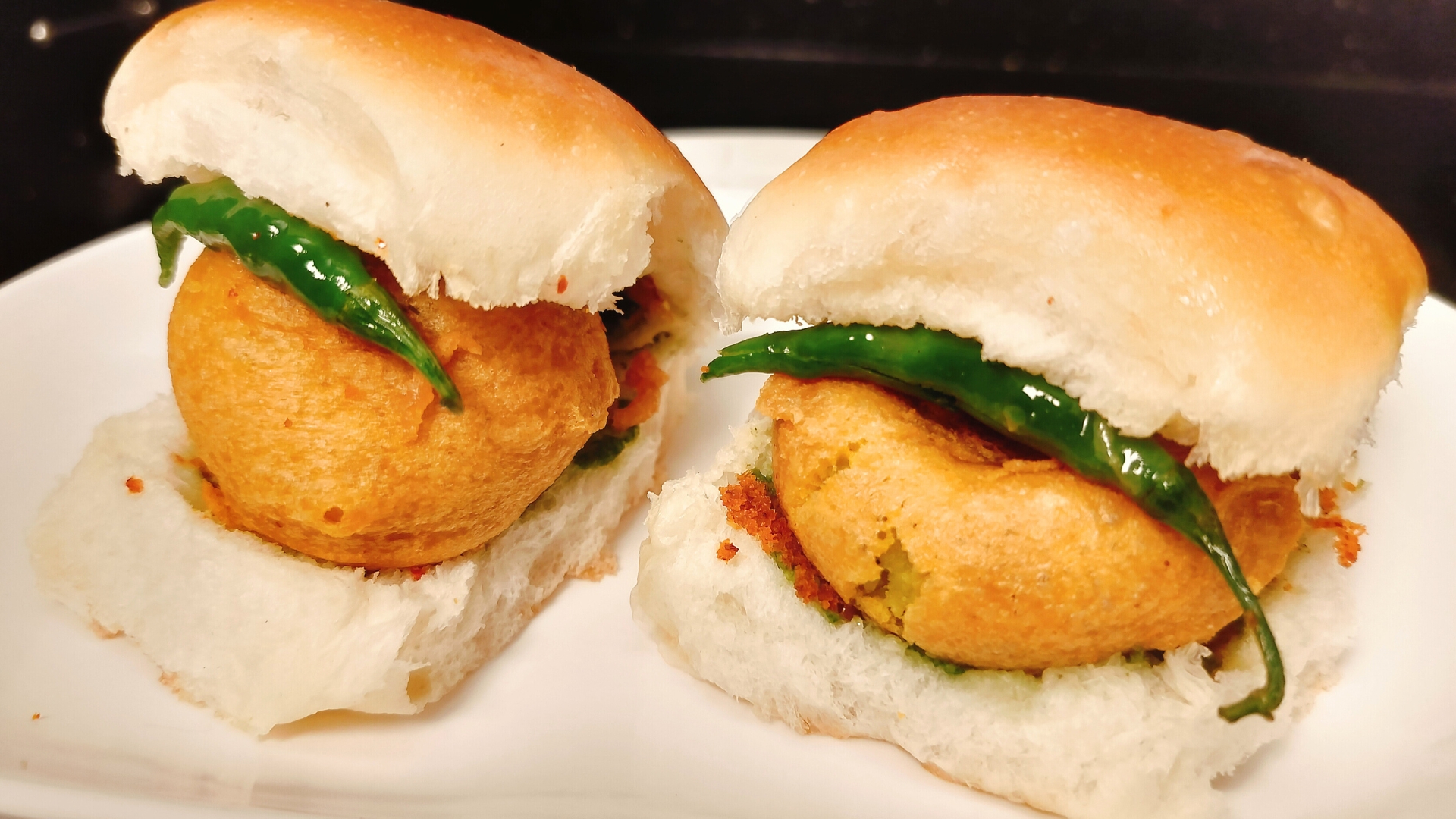Matar Kachori – A Crispy and Delicious Indian Snack
Matar Kachori is a popular deep-fried Indian snack, loved for its crispy outer shell and flavorful, spiced green pea filling. This dish is a favorite in North Indian households, often enjoyed with chutneys, aloo sabzi, or simply with a cup of chai. Whether you’re making it for a festive occasion, a special weekend breakfast, or just as a treat, matar kachori never fails to impress. In this detailed guide, we will explore the ingredients, step-by-step recipe, expert tips, serving ideas, common mistakes to avoid, and even the history and health benefits of this iconic dish. Ingredients For the Dough For the Filling For Frying Step by Step Recipe for Matar Kachori Step 1: Prepare the Green Pea Filling Step 2: Prepare the Dough Step 3: Assemble the Matar Kachori Step 4: Fry the Matar Kachoris Tips for Perfection Serving Suggestions Common Mistakes to Avoid History and Origin Matar Kachori has its roots in North India, particularly in states like Rajasthan and Uttar Pradesh. Traditionally, kachoris were made with lentils or spicy potato fillings. Over time, green peas became a popular variation, especially during the winter season when fresh peas are abundant. The concept of stuffed deep-fried snacks dates back centuries in Indian culinary history. Kachoris were originally made in royal kitchens and then became a common street food delicacy across India. Health Benefits While Matar Kachori is an indulgent treat, it does have some nutritional benefits: To make a healthier version, you can bake or air-fry the kachoris instead of deep frying. Variations Regional Cuisines Frequently Asked Questions (FAQs) 1. Can I make the filling in advance? Yes, you can prepare the filling and store it in the refrigerator for up to 2 days. 2. Can I freeze the kachoris? Yes, half-fried kachoris can be frozen and fried later for fresh crispness. 3. Why do my kachoris turn soft after frying? This happens if there is too much moisture in the dough or if they are fried at high heat. 4. Can I use whole wheat flour instead of all-purpose flour? Yes, but the texture will be slightly denser. 5. How do I reheat leftover kachoris? Reheat in an oven or air fryer at 180°C for 5-10 minutes to regain crispiness. Matar Kachori is a must-try dish that brings joy with every crispy, flavorful bite. Whether you enjoy it as a snack, breakfast, or part of a festive meal, its irresistible taste makes it a favorite across generations. To know more about Kachori click here. Few of our other Trending Recipes: Malai Paneer Recipe: A Creamy Delight for Every Occasion Aloo Gobi Recipe: A Classic Indian Comfort Dish










